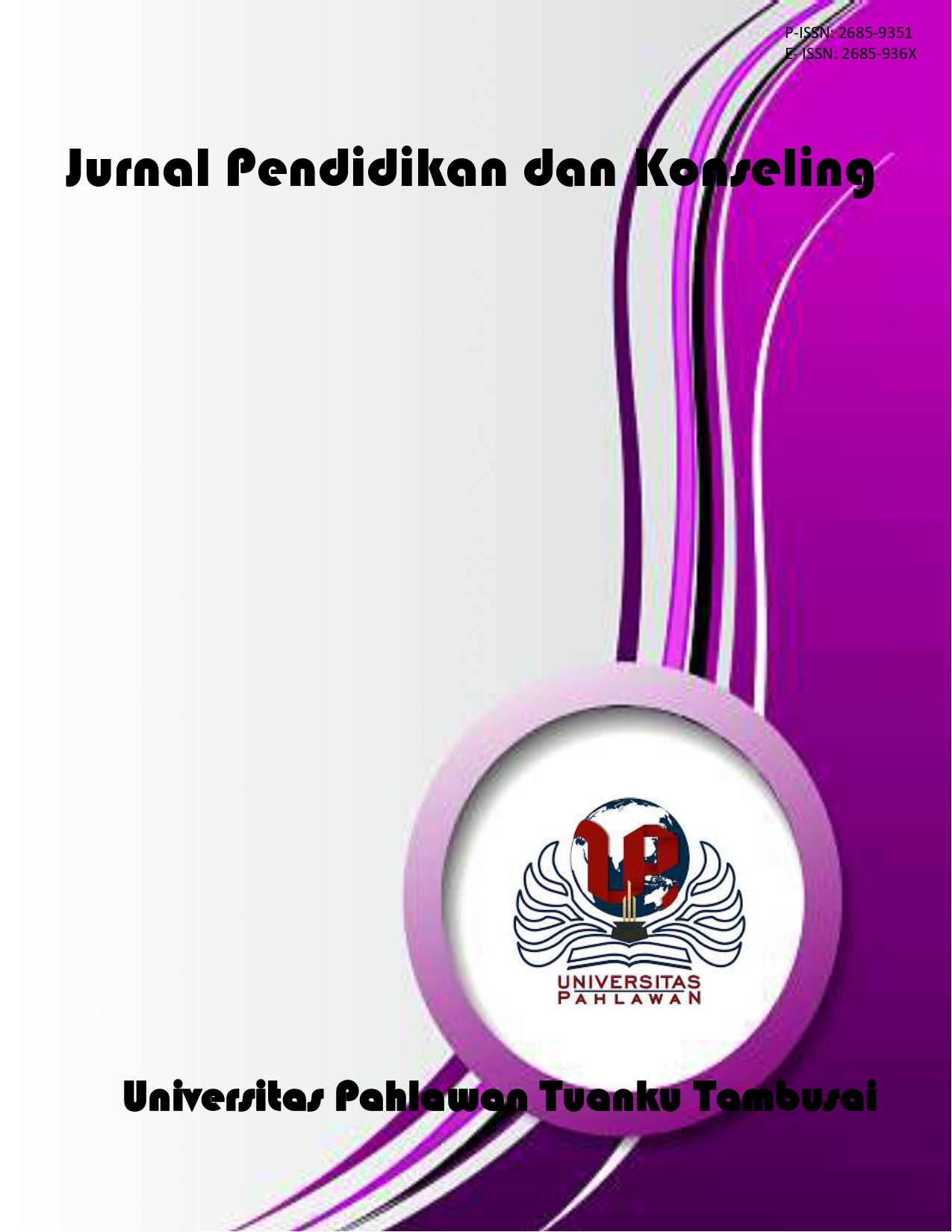Konsistensi Wujud Dalam Epistimologi Al Ghazali Telaah Kitab Faisal At Tafriqoh
DOI:
https://doi.org/10.31004/jpdk.v5i2.12751Abstract
Dalam pembahasan iman kaitannya adalah mempercayai adanya sesuatu yang membutuhkan pembuktian akan eksistensi keberadaannya. Keberadaan suatu hal dilambangkan dengan wujud (ada). Konsistensi wujud dalam pandangan al Ghazali dirinci untuk menentukan tingkatan-tingkatan wujud yang tertuang dalam karya tulisnya kitab Faisal at Tafriqoh, menurut al Ghazali keimanan seseorang tidak diaktakan sempurna jika belum mencapai tingkatan keseluruhan. Maka dalam penelitian ini menggunakan pendekatan library research yang diambil dari kitab Faisal at Tafriqoh sebagai data primer. Hasil temuan yang dikomparasikan dengan data skunder lainnya ditemukan ada lima tingkatan wujud yang ditulis al Ghazali, yaitu wujud dzati, wujud hissy, wujud khoyali, wujud aqli dan wujud syabahi.Downloads
Published
2023-03-11
How to Cite
Basor, . K., & Hidayah, U. (2023). Konsistensi Wujud Dalam Epistimologi Al Ghazali Telaah Kitab Faisal At Tafriqoh. Jurnal Pendidikan Dan Konseling (JPDK), 5(2), 438–446. https://doi.org/10.31004/jpdk.v5i2.12751
Issue
Section
Articles
License
Copyright (c) 2023 Lukman Hakim, Ulil Hidayah

This work is licensed under a Creative Commons Attribution-ShareAlike 4.0 International License.
Authors retain copyright and grant the journal right of first publication with the work simultaneously licensed under a Creative Commons Attribution-ShareAlike 4.0 International License that allows others to share the work with an acknowledgement of the works authorship and initial publication in this journal. Authors are able to enter into separate, additional contractual arrangements for the non-exclusive distribution of the journals published version of the work (e.g., post it to an institutional repository or publish it in a book), with an acknowledgement of its initial publication in this journal. Authors are permitted and encouraged to post their work online (e.g., in institutional repositories or on their website) prior to and during the submission process, as it can lead to productive exchanges, as well as earlier and greater citation of published work (See The Effect of Open Access).





.png)










